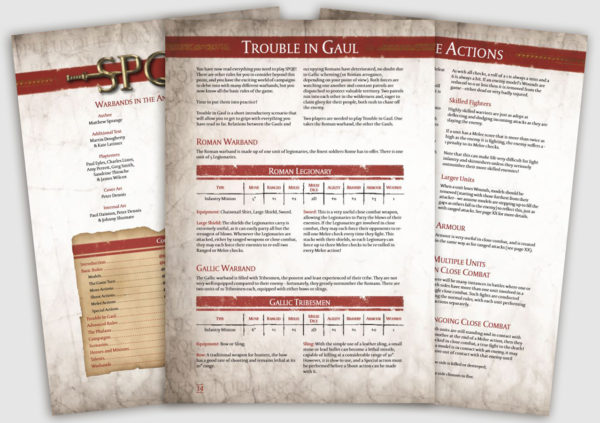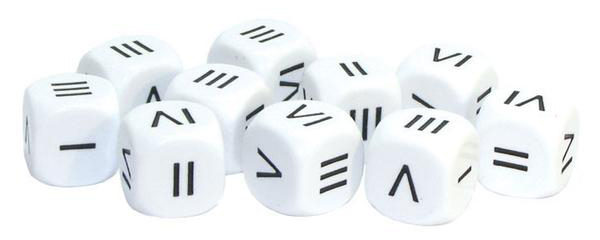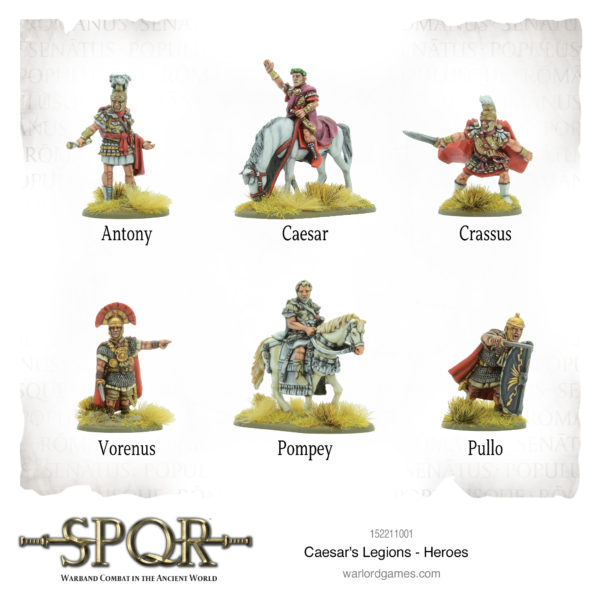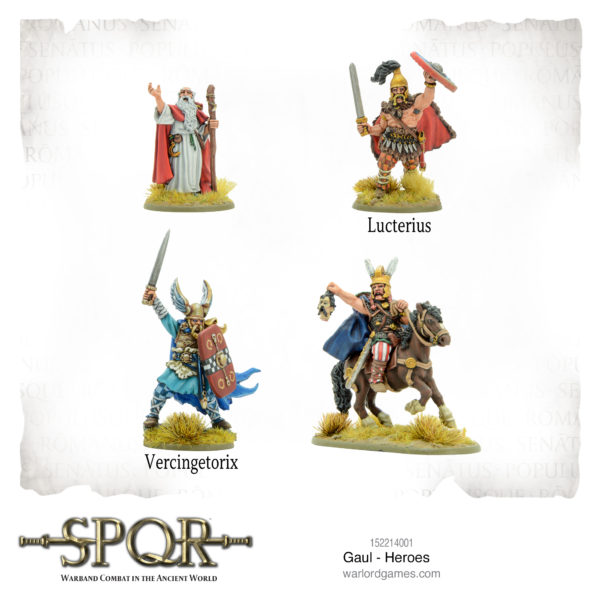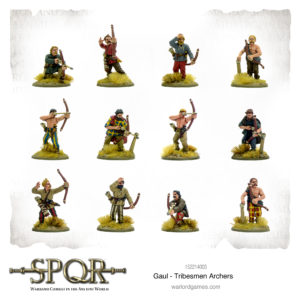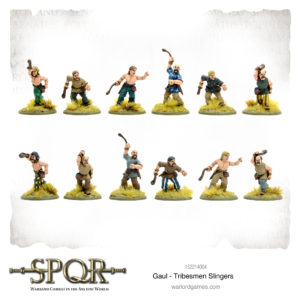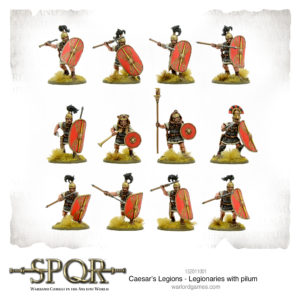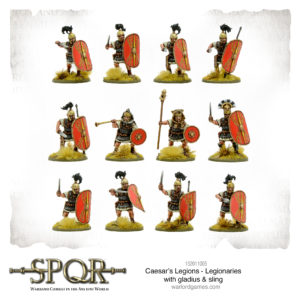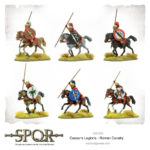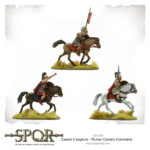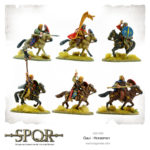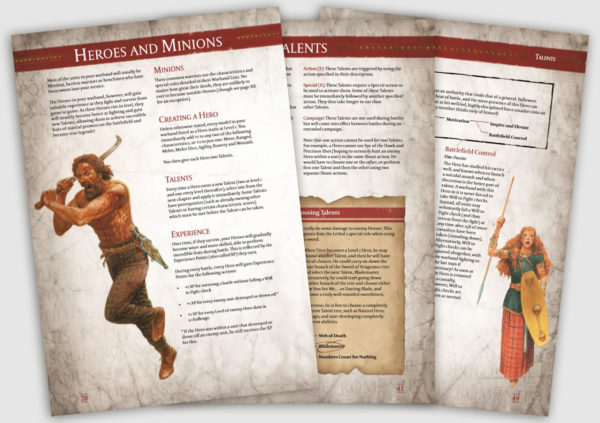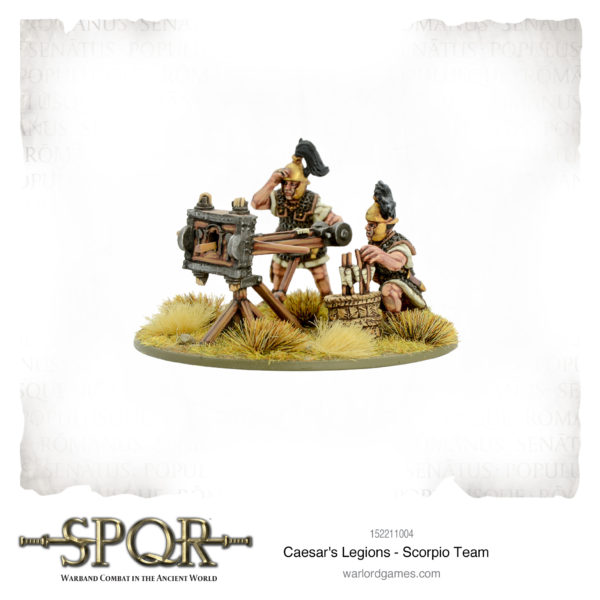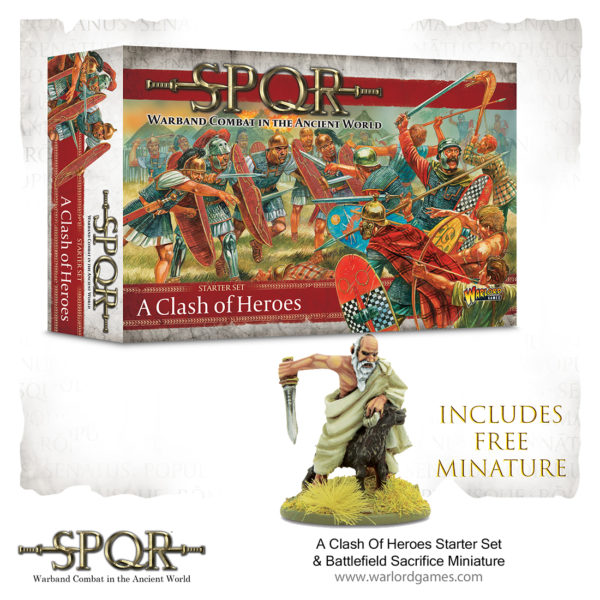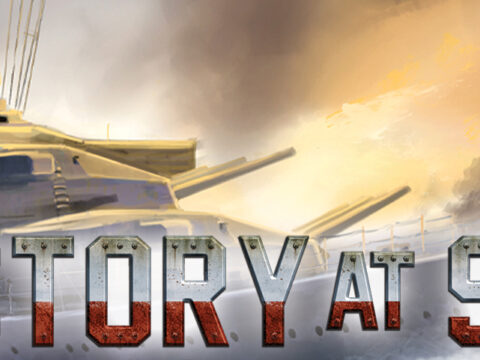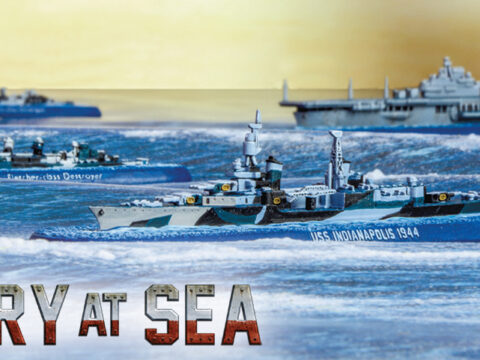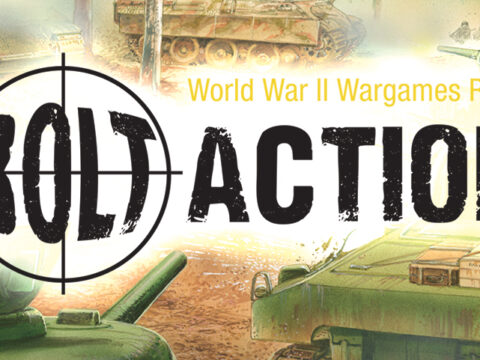Are you ready to forge your empire? Warlorder Tom takes you through an overview of the game’s core mechanics and shows off some of the beautiful models on their way for SPQR:
How it works
Tom: Turns of SPQR begin with both players rolling the Dice of Fate! Compare the scores and whoever has rolled highest will choose whether they go first or second!
This will allow you to seize the initiative or sit back and let the enemy spring your trap.
On your turn, your units will each be able to take two actions – moving, shooting, melee and special actions. You can take two of the same actions, or mix and match to fit the situation at hand!
SPQR uses checks to determine the outcome of any given action – simply roll a six-sided dice and add the bonus provided by your unit’s stats. Any result of a 6 or higher is a success!
Movement Actions:
A move action allows your unit to navigate the battlefield, crossing different kinds of terrain – including climbing buildings and jumping obstacles!
The amount of inches a unit can move is dictated by their Move score – this can be modified by various equipment such as heavy armour or in the case of heroes, special talents.
Shooting Actions:
If your unit is armed with a ballistic weapon such as bow, sling or javelin, they can use a shooting action to engage the enemy at long range. Pick a target within line of sight and weapon range and let fly!
Simply make a ranged check for every model in the unit making a ranged attack. Every dice that scores a 6 has caused a successful hit! Success or failure could hang on certain modifiers which make it easier or more difficult to hit depending on the circumstances.
Armour (whether it’s cloth, leather or metal) can help blunt an attack – if an armoured unit has been hit, roll a six-sided dice and add your armour score. On a six or more, the attack has been deflected!
Melee Actions:
Sometimes you’ll need to close the distance and take the fight to the enemy. A melee action allows you to perform a normal move action – if you end up in base contact with the enemy, you can put his troops to the sword!
Every model in the attacking unit must attempt to get as close as possible to the enemy – as much as their movement allows.
Both sides make simultaneous melee checks, adding their melee score to the result. As always, every result of a six or higher is a success and will cause a wound to the enemy unit!
This is where skilled fighters, larger units and armour come into their own!
If both units are still standing and in contact with each other at the end of a melee action, they are locked in close combat – a true fight to the death!
Special Actions:
Some situations may require a special action; such as loading a scorpion or setting fire to a building. These actions can only be used to do one thing – you can’t load a scorpion AND set fire to a building!
Advanced rules include challenging heroes, dual weapon fighting and other quirks of ancient warfare.
Heroes and Minions:
Units in SPQR are divided into two broad categories; heroes and minions. Units of 5 or more Minions form the bulk of your warband, faceless henchmen who have been sworn into your service.
Heroes are powerful individuals that will grow in stature from battle to battle, gaining new talents and becoming true legends!
SPQR will come with a detailed progression system for your heroes, allowing you to customise how they fight on the ancient battlefield! This is what sets SQPR apart – forge your own destiny and join the battle!
Forge Your Destiny!

